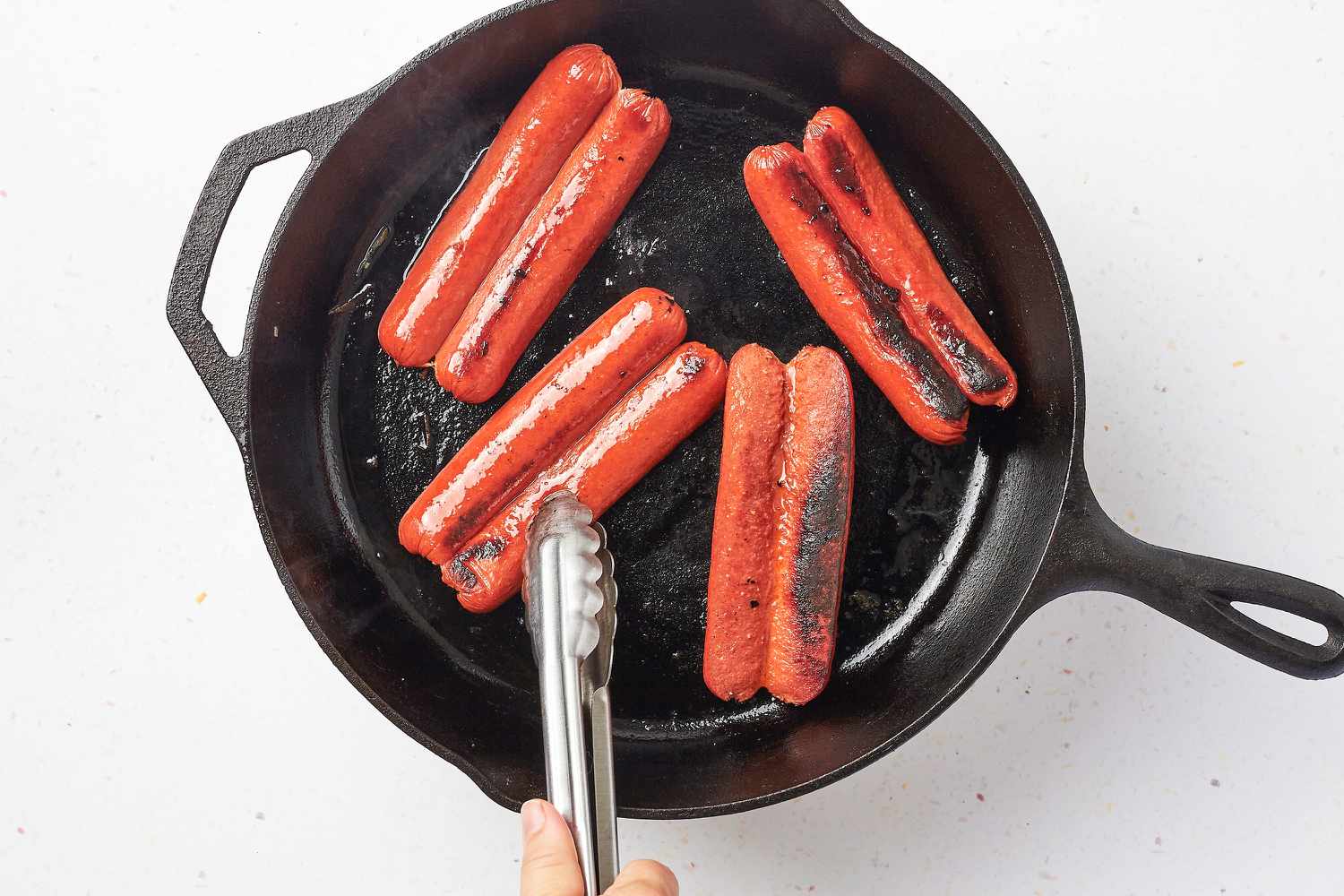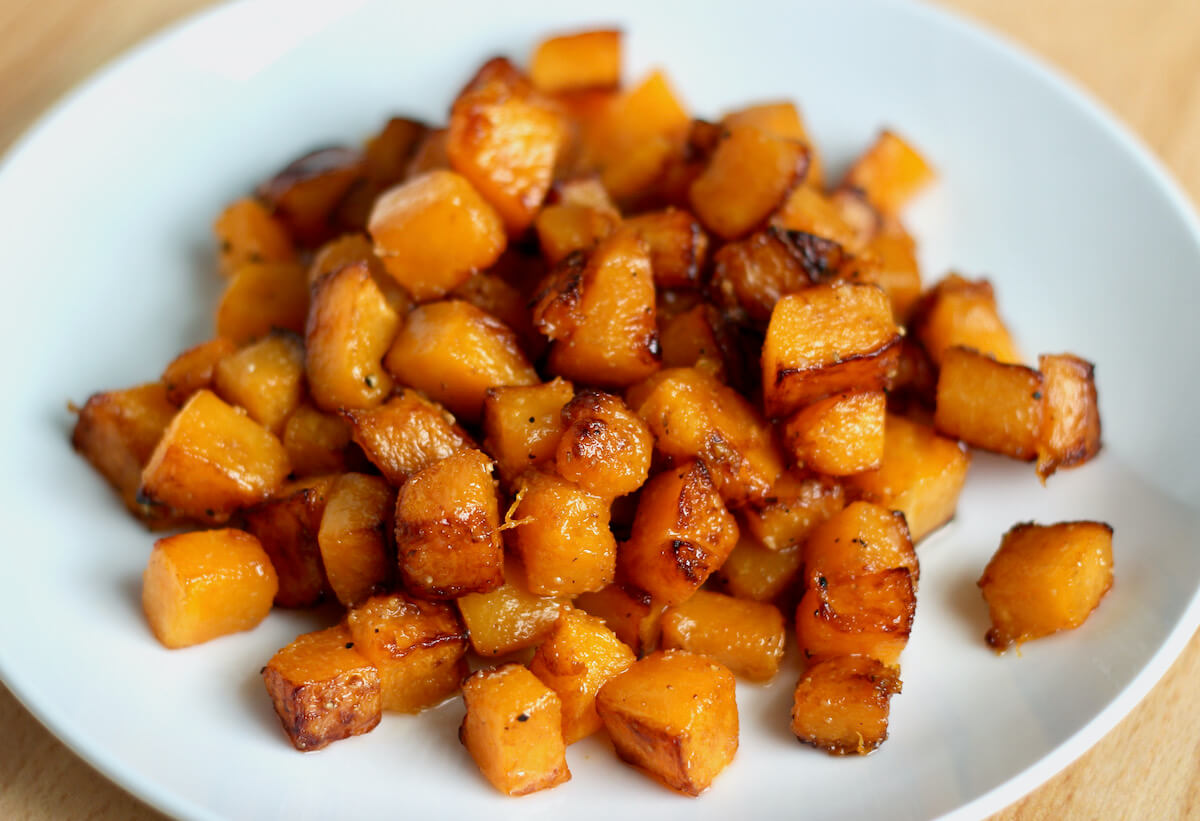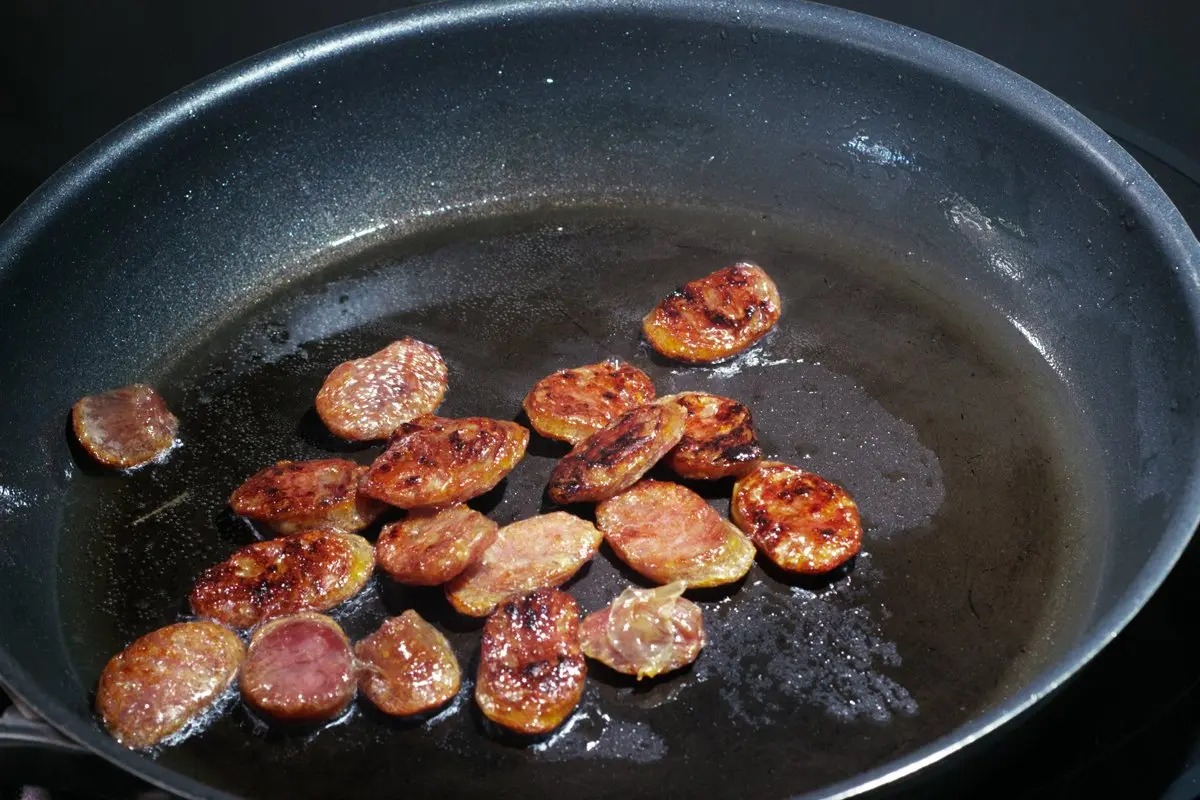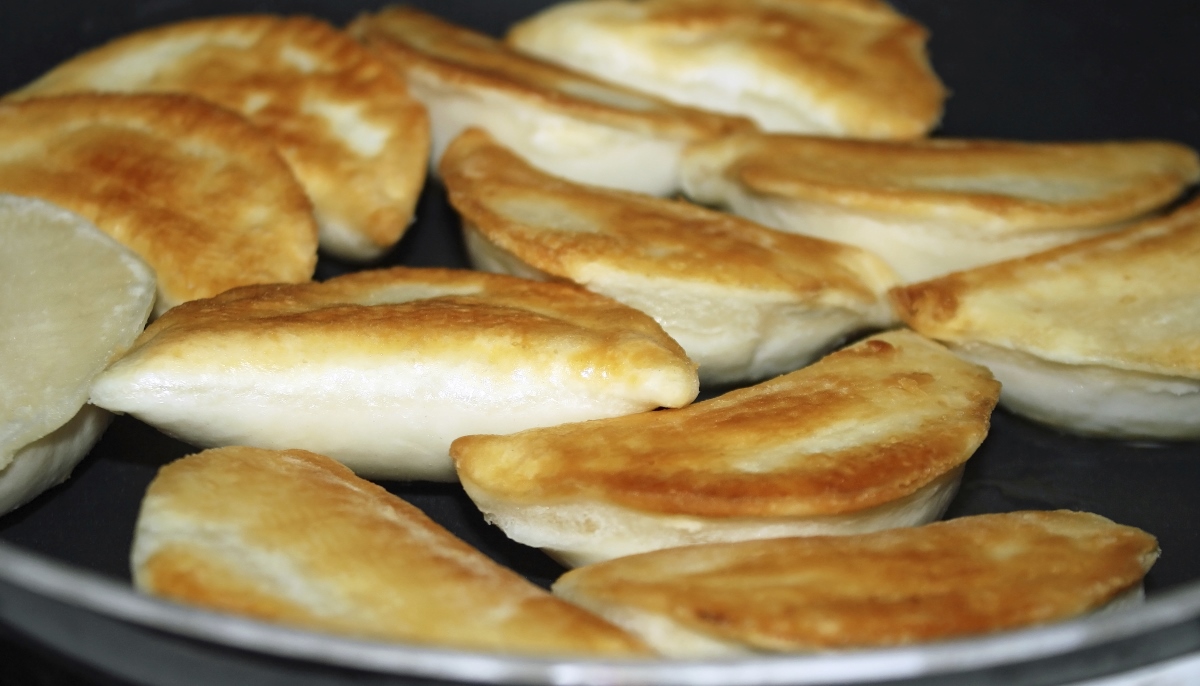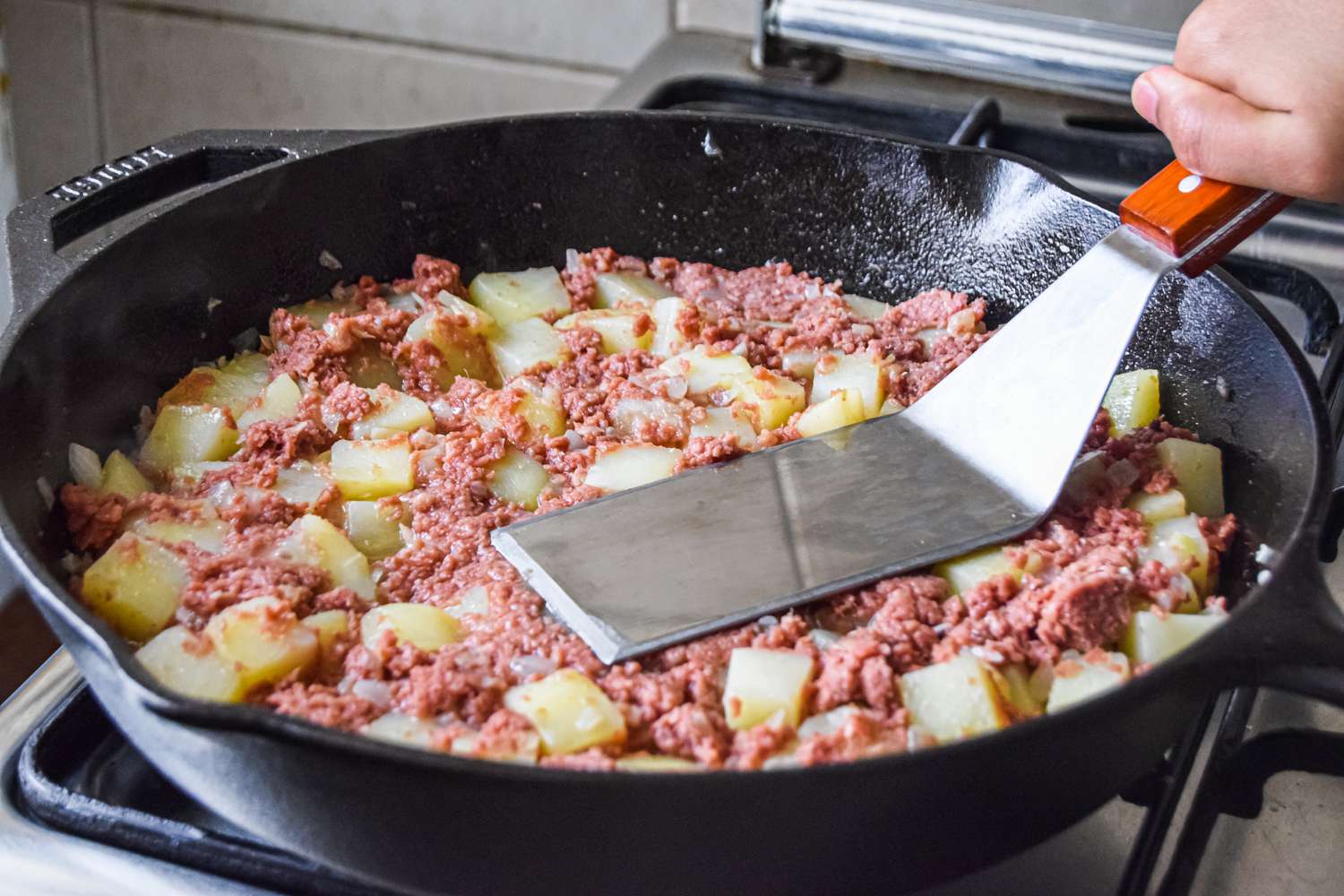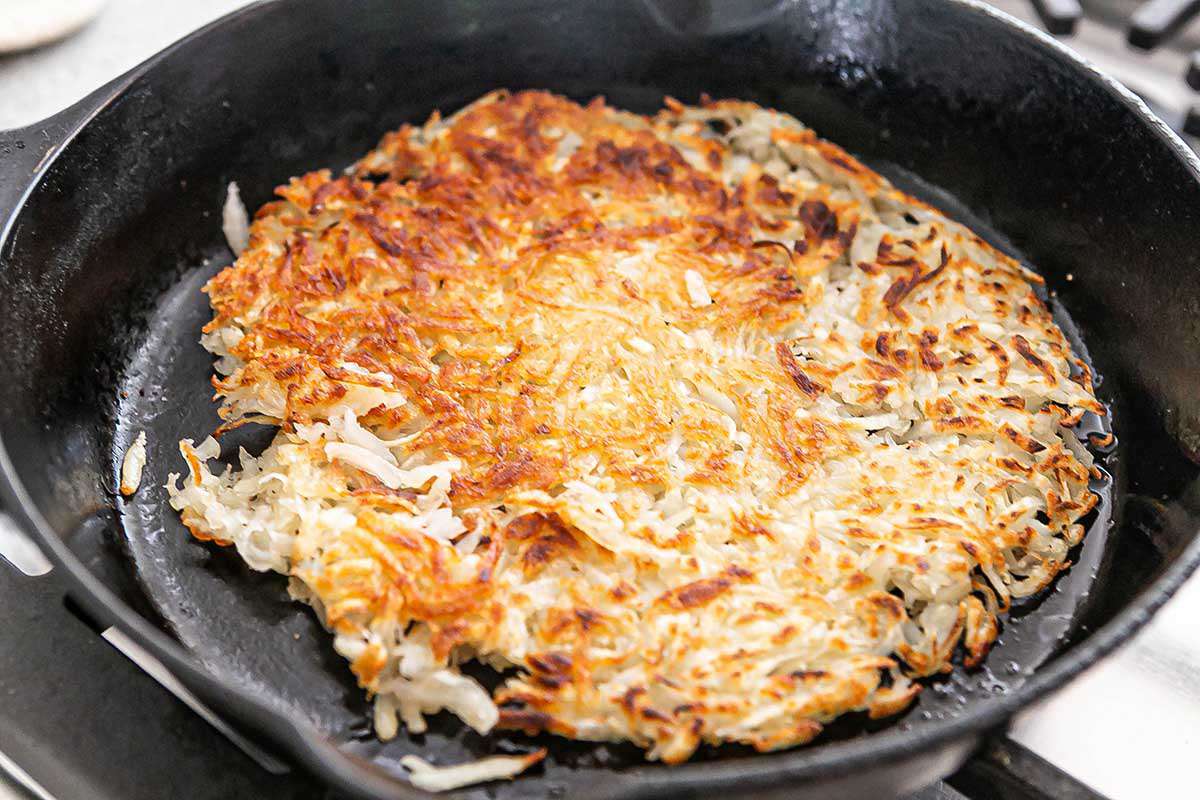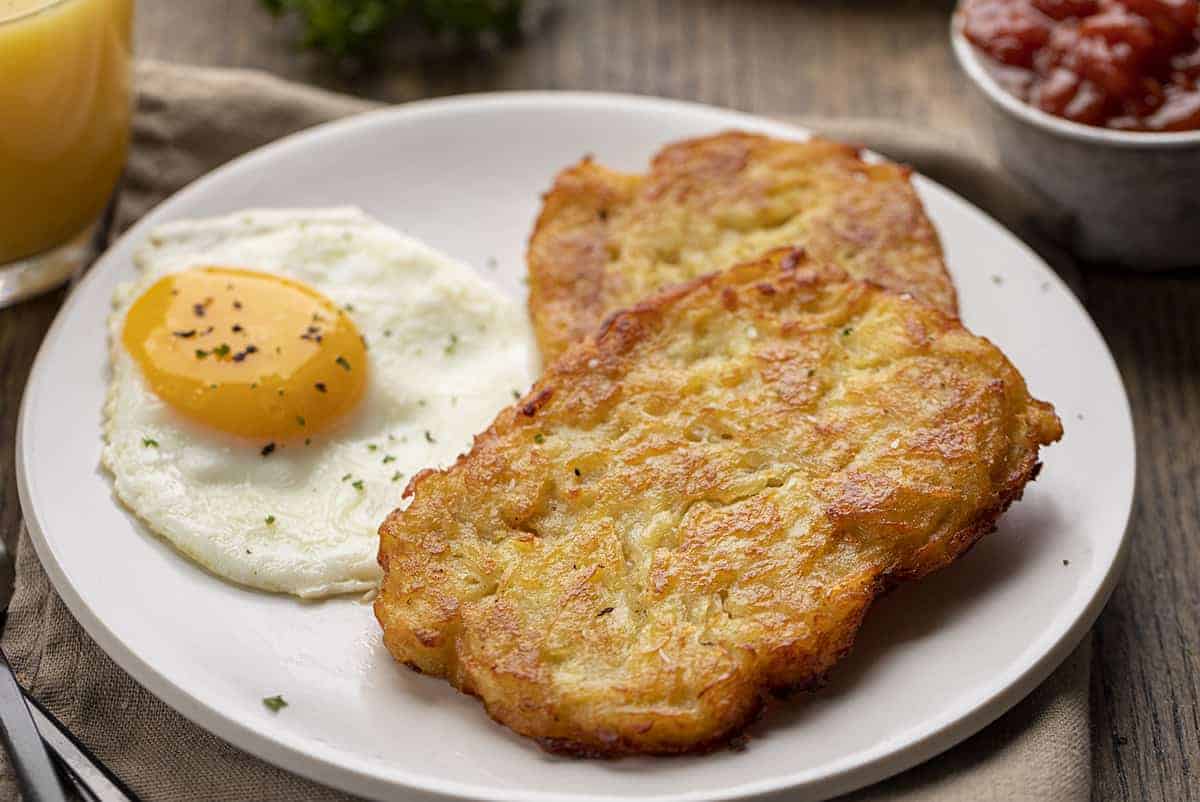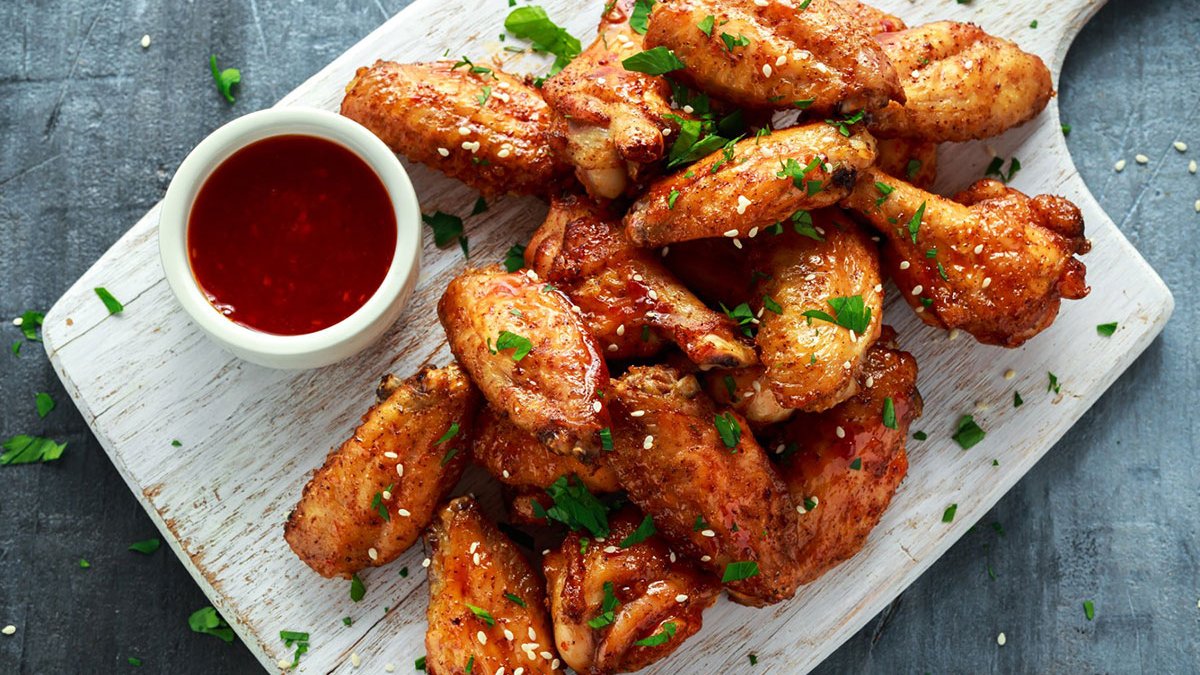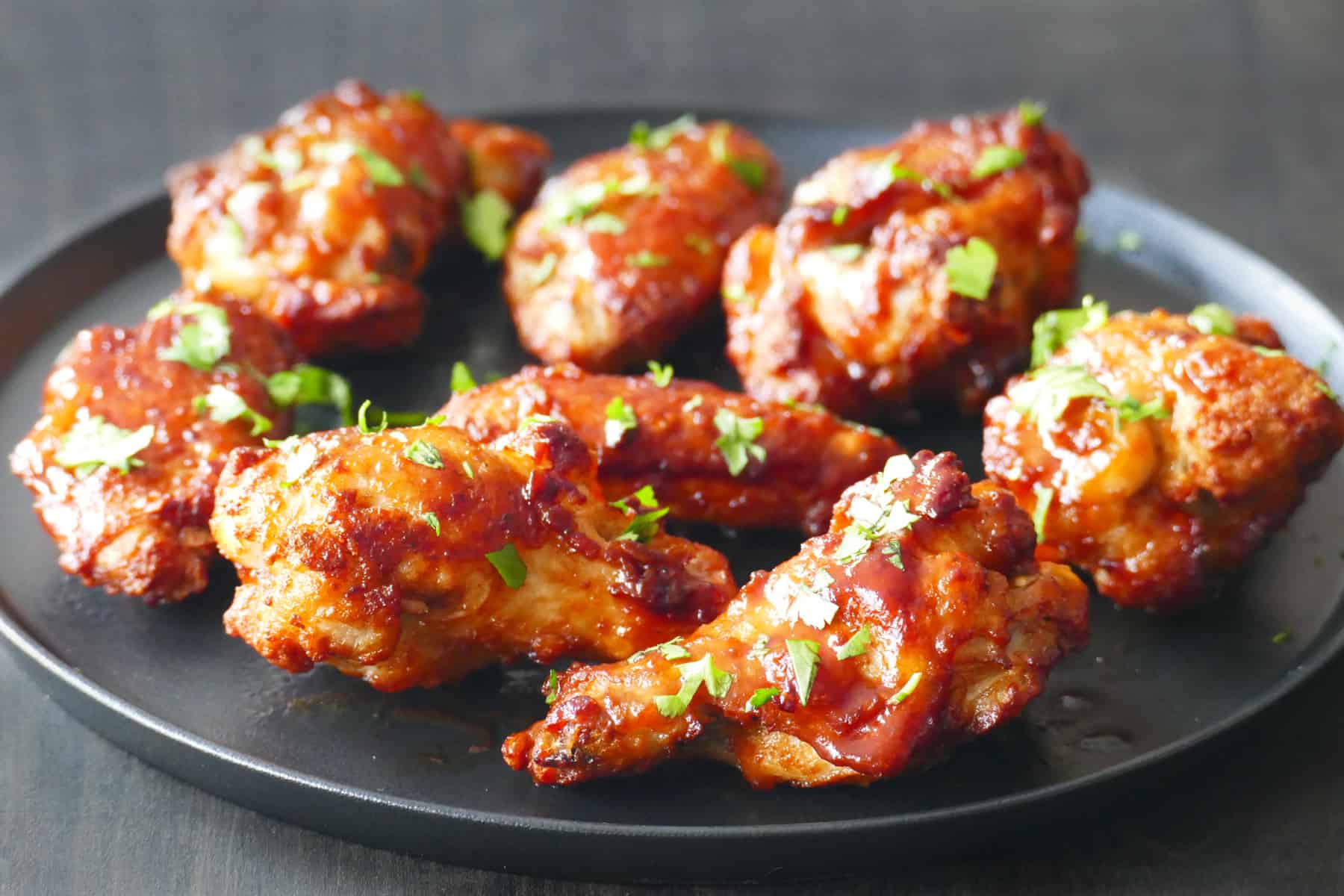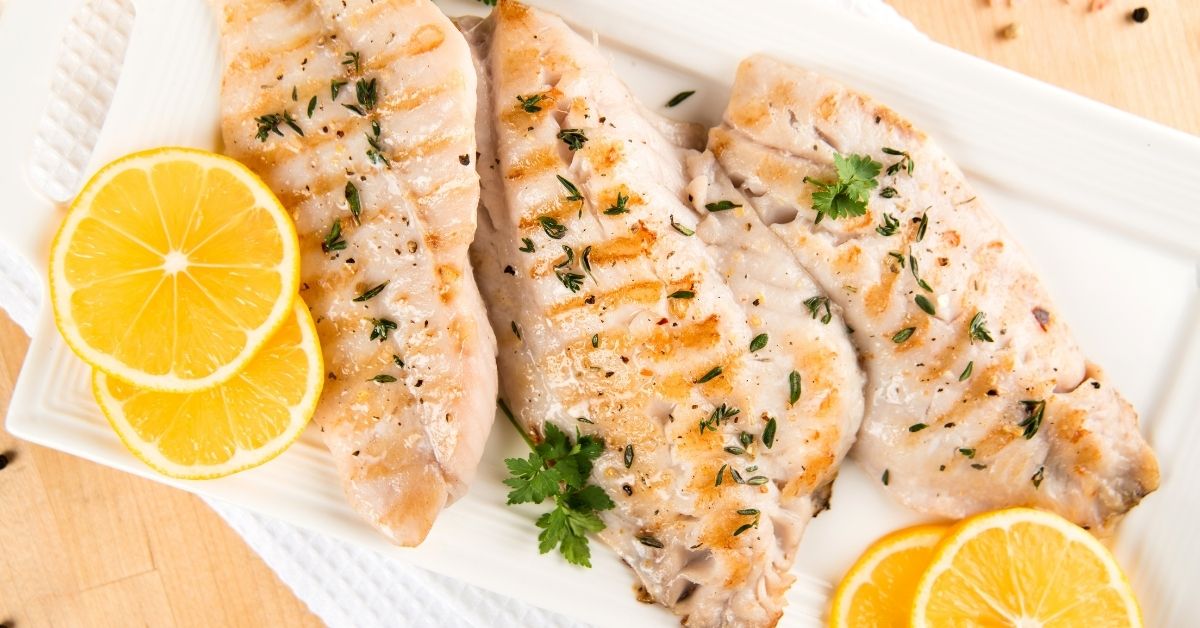Easy Steps to Pan Fry Frozen Sausages
If you’re in a rush or simply forgot to defrost your sausages, don’t worry! Pan frying frozen sausages is a quick and easy way to enjoy a delicious meal. Follow these simple steps to achieve perfectly cooked sausages with a crispy exterior and juicy interior.
What You'll Need:
- Non-stick skillet
- Frozen sausages
- Olive oil or cooking spray
- Tongs
- Meat thermometer (optional)
Instructions:
- Preheat the Skillet: Place a non-stick skillet on the stovetop over medium heat. Allow it to heat up for a few minutes.
- Add Oil: Once the skillet is hot, drizzle a small amount of olive oil or spray it with cooking spray to prevent the sausages from sticking.
- Place the Sausages: Carefully arrange the frozen sausages in the skillet. Make sure they are not overcrowded to allow for even cooking.
- Cook and Rotate: Let the sausages cook for about 5 minutes on one side, then use tongs to flip them over. Continue to rotate the sausages every few minutes to ensure even browning.
- Check for Doneness: If you have a meat thermometer, check the internal temperature of the sausages. They are safe to eat when the internal temperature reaches 160°F (71°C).
- Rest and Serve: Once the sausages are cooked through and have a golden-brown exterior, remove them from the skillet and let them rest for a few minutes before serving.
Tips for Perfectly Pan Fried Sausages:
- Don't Thaw: Avoid thawing the sausages before pan frying as this can lead to uneven cooking and loss of juiciness.
- Use Medium Heat: Cooking the sausages over medium heat allows them to defrost and cook evenly without burning the exterior.
- Keep an Eye on Them: While the sausages are cooking, keep an eye on them to prevent burning. Adjust the heat as needed.
- Experiment with Seasoning: Add your favorite seasonings and herbs to the skillet for extra flavor. Garlic, rosemary, and thyme are great options.
- Pair with Sides: Pan fried sausages pair well with a variety of sides such as mashed potatoes, sautéed vegetables, or a fresh salad.
Now that you know how to pan fry frozen sausages, you can enjoy a delicious meal in no time. Whether you’re cooking breakfast, lunch, or dinner, this method is sure to satisfy your cravings for juicy, flavorful sausages. Give it a try and impress your family and friends with your cooking skills!
Share your experiences and tips for pan frying frozen sausages in the Cooking Techniques forum section.
FAQ:
What is the best way to defrost frozen sausages before pan frying?
The best way to defrost frozen sausages before pan frying is to place them in the refrigerator overnight. This slow thawing process helps maintain the quality and texture of the sausages. If you’re short on time, you can also use the defrost setting on your microwave, but be sure to cook the sausages immediately after thawing.
Should I pierce the sausages before pan frying them?
It’s generally not necessary to pierce the sausages before pan frying. However, if you find that the sausages are puffing up or bursting during cooking, you can lightly prick them with a fork to release some of the steam and prevent them from splitting.
How do I know when the frozen sausages are fully cooked?
The best way to determine if the frozen sausages are fully cooked is to use a meat thermometer. The internal temperature should reach 160°F (71°C) for pork sausages and 165°F (74°C) for poultry sausages. Alternatively, you can cut into the thickest part of the sausage to check if the meat is no longer pink and the juices run clear.
What type of oil should I use for pan frying frozen sausages?
For pan frying frozen sausages, it’s best to use a neutral oil with a high smoke point, such as canola oil, vegetable oil, or grapeseed oil. These oils can withstand the high heat required for cooking sausages without burning or imparting unwanted flavors.
Can I add seasonings or herbs to the pan while frying frozen sausages?
Yes, you can add seasonings or herbs to the pan while frying frozen sausages to enhance their flavor. Consider adding a sprinkle of dried herbs like thyme, rosemary, or fennel seeds, or even some minced garlic or onions for extra flavor. Just be mindful of the cooking time and ensure that the seasonings do not burn.
Was this page helpful?
Read Next: How To Pan Fry Broccoli
